Unraveling the Mysteries of the Bennington Triangle
Located in the southwestern part of Vermont, the Bennington Triangle is a name that evokes mystery and intrigue. Coined in 1992 by broadcaster and author Joseph A. Citro, the term marked the peculiar disappearances of six individuals between 1945 and 1950. This enigmatic area, centered around Glastonbury Mountain and encompassing nearby ghost towns once thriving with logging and industrial activities, has since captured the imagination of many.
The Lore of Glastonbury Mountain
The legends surrounding Glastonbury Mountain are as old as the Native American tribes that once inhabited the area. These tribes avoided the mountain, except for burial rituals, believing it was cursed due to a perpetual struggle between powerful winds. Such eerie sentiments set the stage for the area’s later mysteries, including unexplained phenomena like strange lights and inexplicable sounds, adding layers to its enigmatic nature.
The Tale of the Bennington Monster
Among the various anomalies reported in the area, the Bennington Monster stands out. This creature, reminiscent of Bigfoot, was first noted in the early 19th century after a startling encounter where it allegedly attacked a stagecoach. This event, among others, contributes to the region’s folklore and aligns with the broader narrative of unexplained occurrences within the Triangle.
Tragic and Unresolved Mysteries
The disappearances between 1945 and 1950 are the most chilling aspect of the Bennington Triangle’s history. Out of the six people who vanished, only two bodies were ever recovered, leaving the rest shrouded in mystery. These incidents spurred a range of theories and inspired several literary works, including the novel Shadow Child, which explores the deep, unsettling history of the area.
Mysterious Occurrences
Accounts from the 1800s to the present day recount numerous eerie occurrences. From spectral lights dancing in the night sky to disembodied voices compelling acts of violence, such as the 1892 incident where a sawmill worker, driven by unseen whispers, committed murder. These unresolved mysteries, whether rooted in fact or fiction, continue to draw curiosity and fear, fueling the legend of the Bennington Triangle.
Visitor Beware: The Lure of the Bennington Triangle
Today, the Bennington Triangle remains a captivating destination for thrill-seekers and paranormal enthusiasts alike. It beckons the brave and curious to explore its dense forests and abandoned towns, perhaps to uncover something new—or merely to experience the chill of the unknown. Whether legend or fact, the mysteries of the Bennington Triangle persist, making it a fascinating chapter in New England’s storied past.
For those intrigued by the supernatural or interested in historical mysteries, the Bennington Triangle offers a unique glimpse into a place where the past seems very much alive and every shadow could hold a secret.

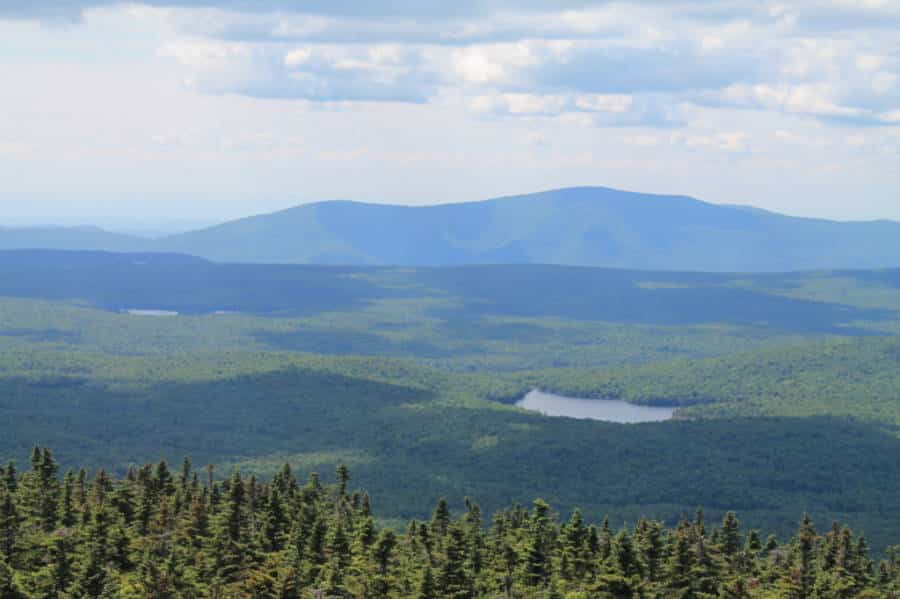
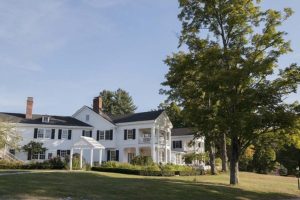
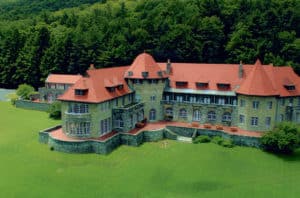


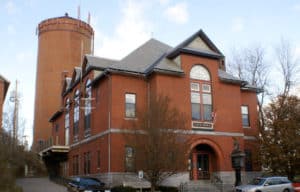



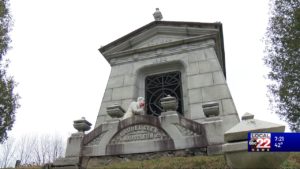
Leave a Reply